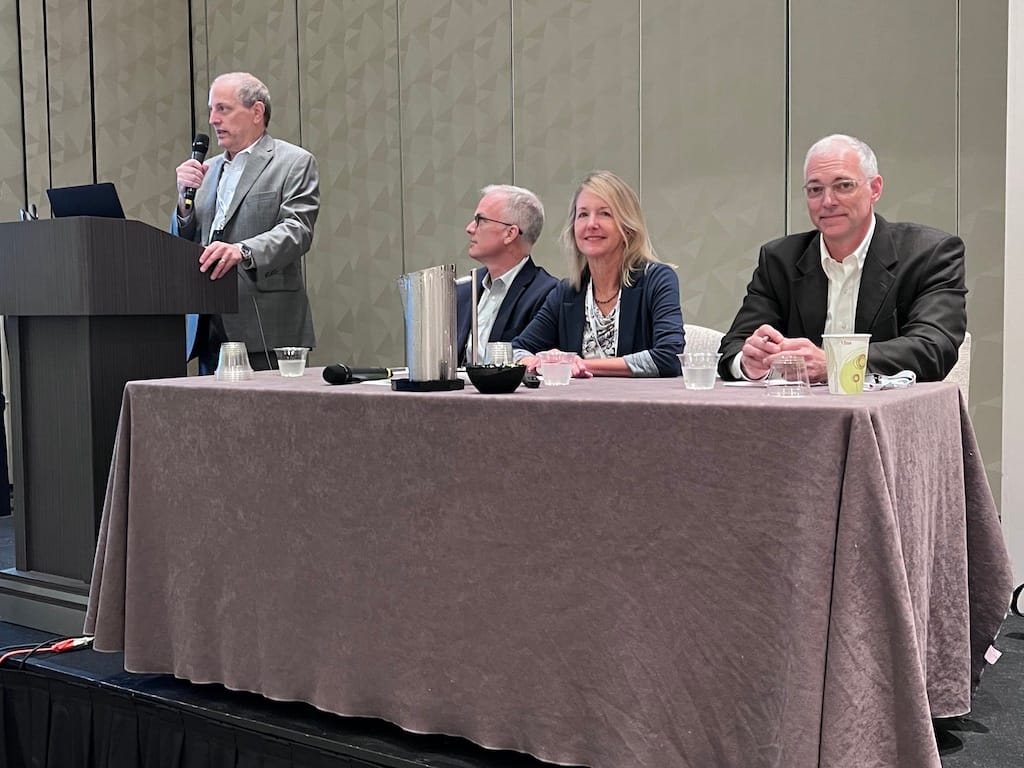BEAD Requirements Complicate State Planning, Could Result in Different Buildout Timelines: Experts
Concerns include minimum cost per location thresholds and Build America requirements.

DENVER, Colorado, August 8, 2023 – As states work to distribute their share of the Broadband Equity, Access, and Deployment funding, some program requirements could add complexity, leading to potential variations in states’ implementation timelines, said panelists at the Mountain Connect summit on Tuesday.
The BEAD program’s commitment to provide affordable connectivity to all Americans, especially those in remote areas, results in certain requirements that complicate the distribution of funding within each state, said Carol Mattey, principal of Mattey Consulting LLC.
One such requirement is the high cost per location threshold that states need to set before allocating money, added Steve Coran, attorney at law firm Lerman Senter.
As outlined in the BEAD program’s notice of funding opportunity, states must establish a minimum cost per location for service. If the expense of fiber optic infrastructure surpasses this threshold, alternative solutions such as spectrum or satellite-based technology meeting BEAD criteria will be accepted.
However, due to varying state situations and differences in allocated funds, “the dynamics of the extremely high cost threshold will really depend on each kind of state it is,” said Nick Alexander, senior policy advisor at the National Telecommunications and Information Administration.
Paul Garnett, CEO of consulting firm Vernonburg Group, cited Vermont as an example, where the complexity of identifying unserved and underserved locations through the challenge process adds difficulty to establishing a high cost threshold.
Another layer of complexity to state planning stems from the Build America, Buy America Act that mandates federally funded projects to incorporate a specific percentage of domestically sourced construction materials, added Mattey.
Industry associations have been urging the NTIA for additional guidance on the impact of the Build America Act on BEAD, arguing that the limited availability of key broadband construction materials in the domestic market could slow down the roll out timeline.
“We have additional guidance for the BEAD program specifically coming out for public comment in the very near future,” said Alexander, after applauding the efforts of several fiber optic cable manufacturers, including the recent example of Nokia, to bring critical components for broadband networks back onshore.
These various factors will affect the states’ progress as they plan for the upcoming phases of BEAD funding implementation, opening the door for “variability” in timelines, claimed Alexander.
However, for Mattey, this is “an opportunity for the states who are closer to the ground to really dig in and figure out how to make it work for their state.”








